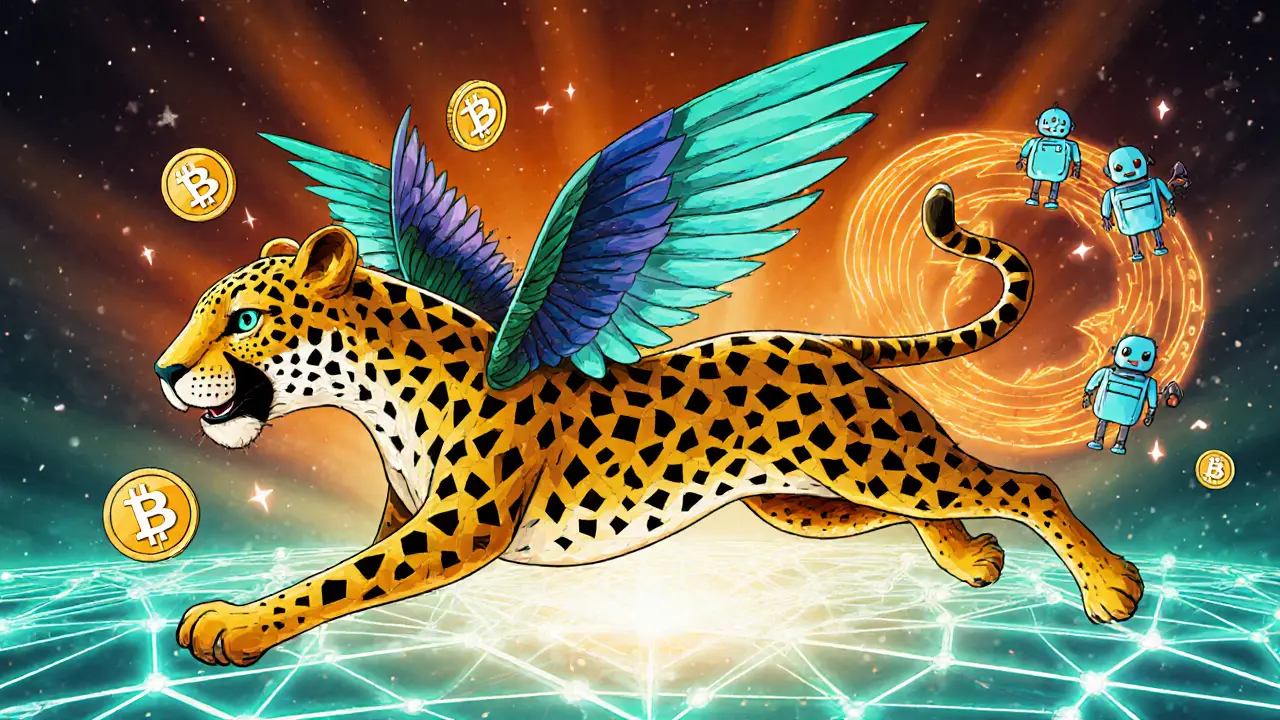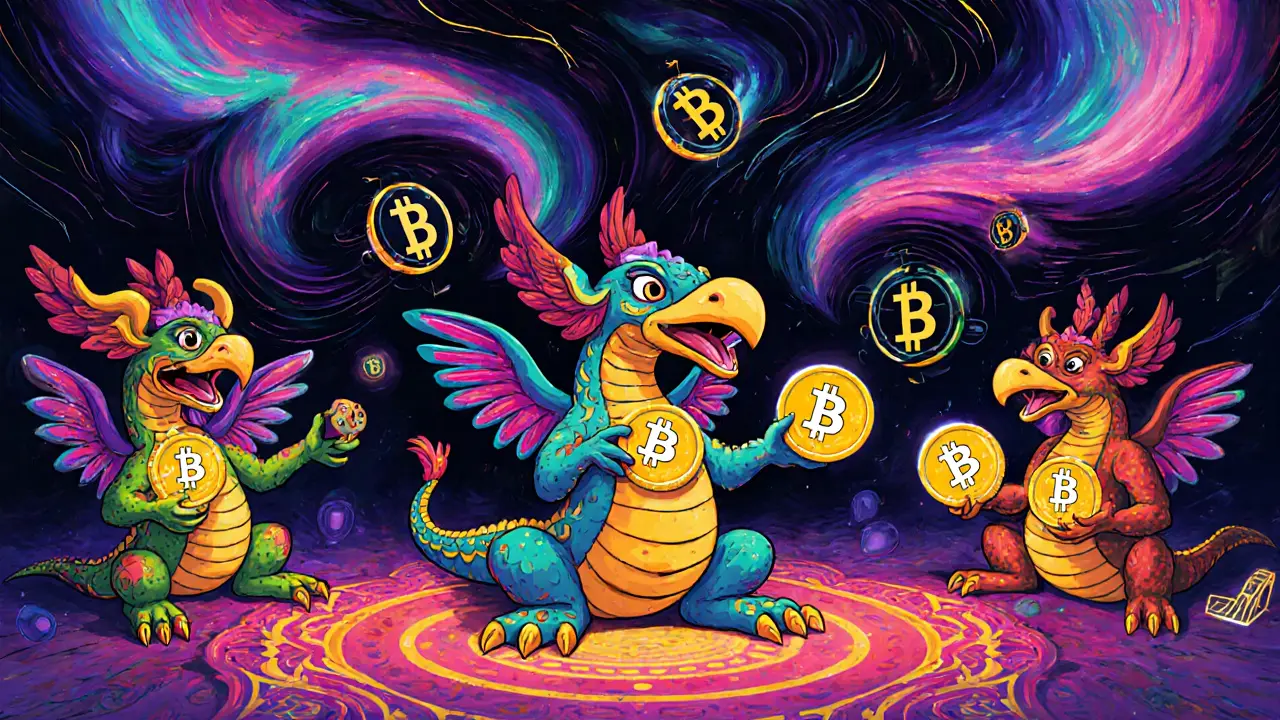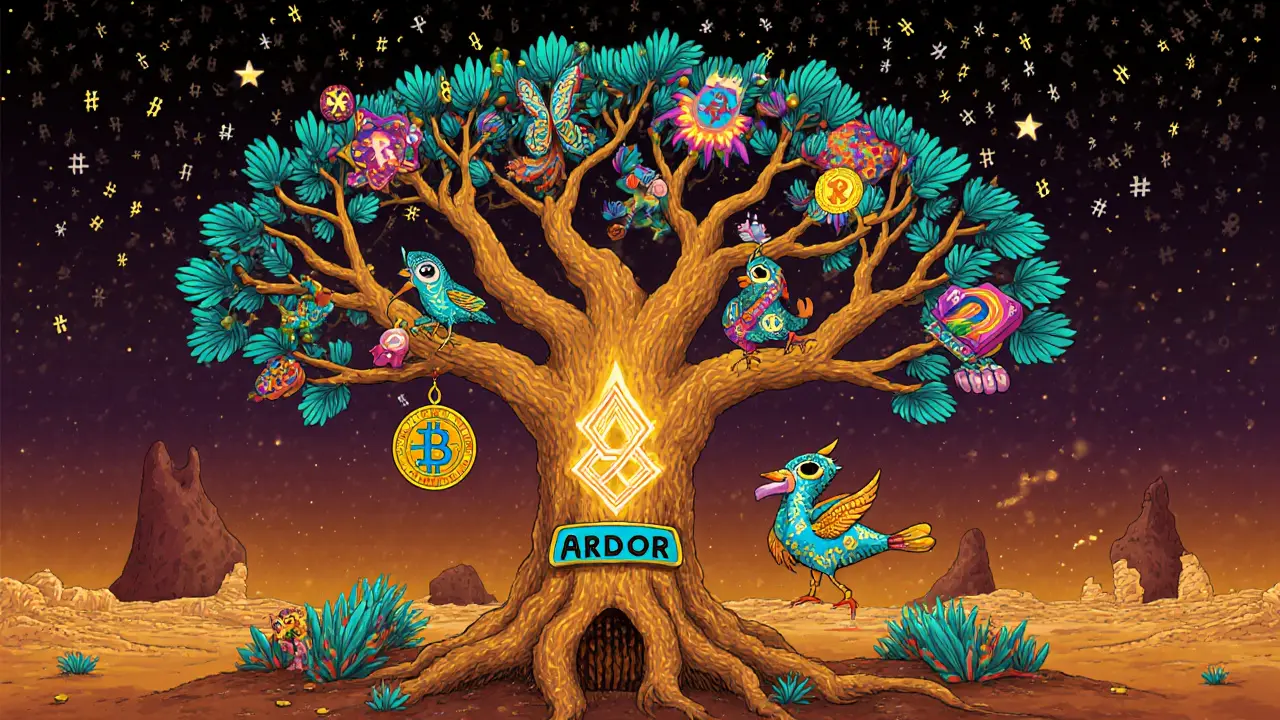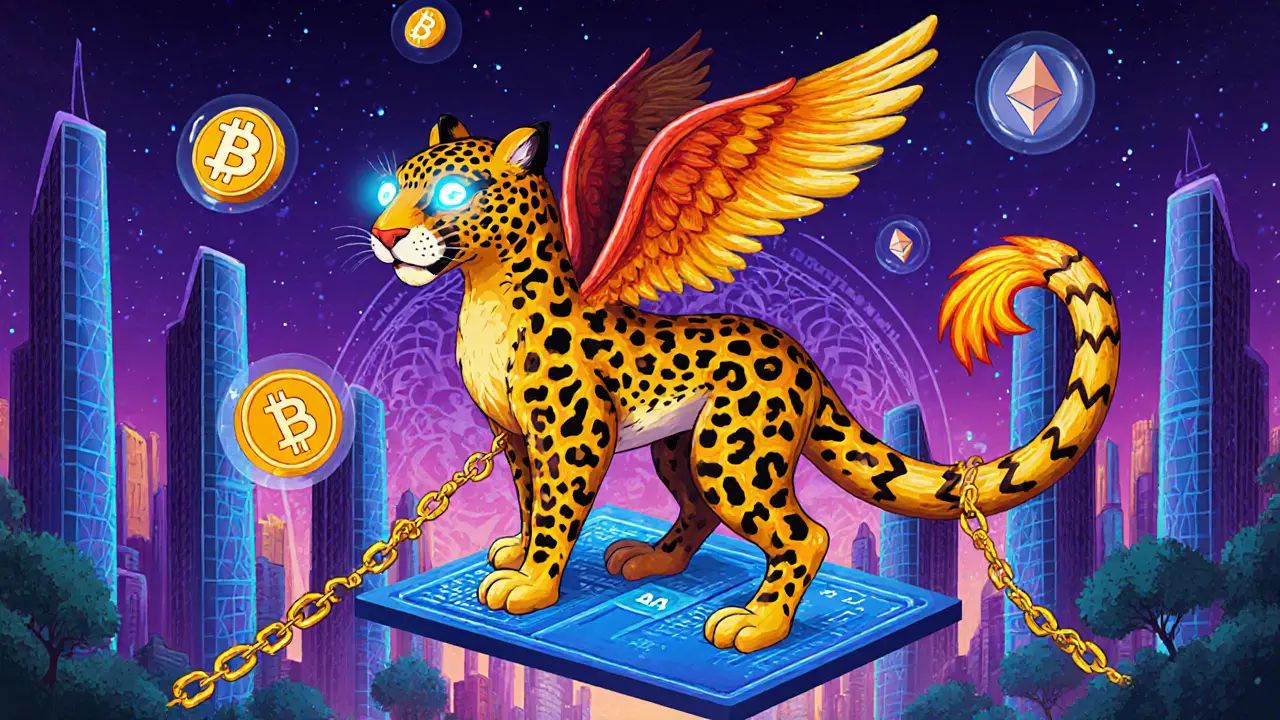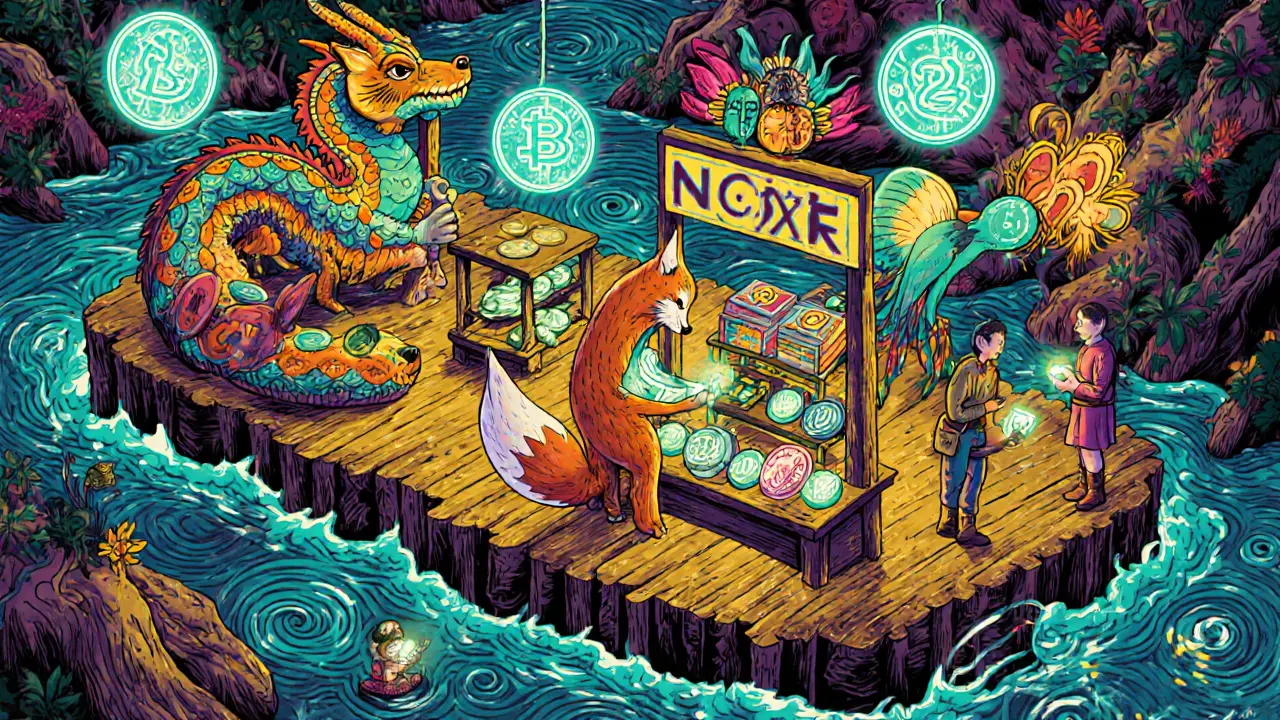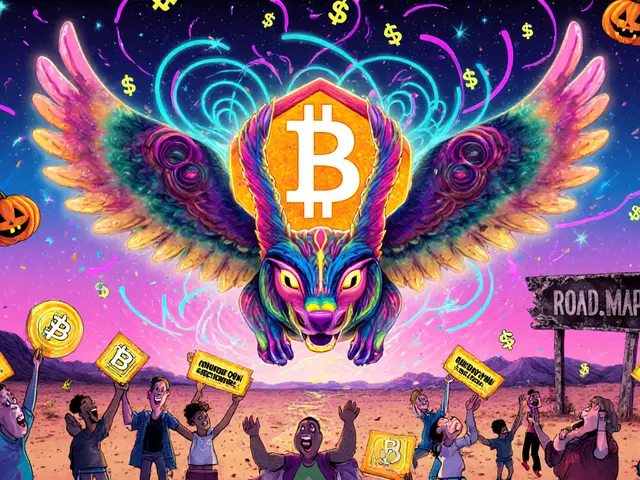Decentralized Exchange: What It Is, How It Works, and Which Ones Actually Matter
When you trade crypto on a decentralized exchange, a peer-to-peer platform that lets users trade directly from their own wallets without handing over control to a company. Also known as a DEX, it removes banks, middlemen, and account freezes—putting you in full charge of your money. That’s the whole point. No one holds your keys. No one can freeze your balance. No one can decide you can’t trade USDT because of a policy change. You just connect your wallet and swap.
This isn’t just about freedom—it’s about survival in places where exchanges are banned, like Myanmar or Russia. That’s why non-custodial wallets, tools like MetaMask or Ledger that keep your private keys under your control are the backbone of every real DEX. You can’t use a decentralized exchange without one. And if you’re trading on blockchain trading, the act of exchanging digital assets directly on a public ledger like Ethereum, Starknet, or Avalanche, you’re relying on smart contracts, not customer service reps. That’s why some DEXs, like KyberSwap Classic on Avalanche or Paradex on Starknet, focus on low slippage and institutional-grade liquidity. Others? They’re just meme coins with fake volume.
Not every DEX is built the same. Some are built for speed and privacy—like Paradex, which uses zk-proofs to hide your trades. Others, like GroveX, cut KYC entirely but lack transparency. Then there are the ghosts: tokens like AmpleSwap (AMPLE) or BSClaunch (BSL) that claim to be DEXs but have zero trading volume and no users. The difference? Real DEXs have open code, live liquidity pools, and actual traders. Fakes have Discord hype and a website that looks like a 2021 crypto ad.
If you’re new to this, don’t jump into the biggest name. Start with what’s transparent. Look at volume, check the contract on Etherscan, see if the team is anonymous or real. Ask yourself: if this platform vanished tomorrow, would I still have my coins? If yes, you’re on a real DEX. If no, you’re just trusting someone else’s server.
The posts below aren’t just reviews. They’re after-the-fact reports from people who lost money on fake DEXs, found real value in low-fee platforms, or got burned by airdrops that never happened. You’ll see how LACE, PERA, and CTT were scams. You’ll see why Paradex is getting attention from serious traders. You’ll learn why a DEX on Starknet can be faster and cheaper than one on Ethereum. And you’ll see how tools like non-custodial wallets and hardware wallets tie into every single trade you make.

